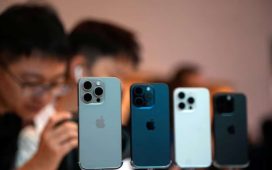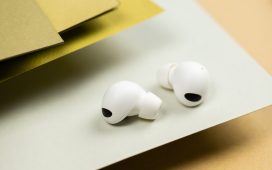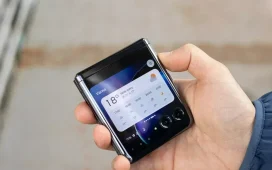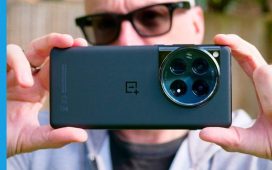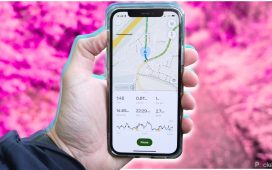Announced in January 2023, the new Qi2 wireless charging standard promised the convenience of MagSafe to everyone. More than a year later, the number of devices can be counted on one hand. nextpit talked to the consortium responsible for the standard and got some answers.
Truth be told, the initial announcement during CES 2023 promised “certified mobile phones and chargers for the 2023 holiday season”. And we already saw a number of chargers (and other accessories) during IFA 2023 (Sep. 2023). But the “certified mobile phones” side of the announcement is still somewhat lacking. So nextpit went to the WPC—Wireless Power Consortium, the association responsible for the standard—with a few questions.
Paul Golden, Marketing Director at the WPC was straightforward when we asked about how many phones as of interview time (February 16th) were Qi2 certified: “Four different iPhone 15 models“. As expected, the association does not comment on phones in the development or certification stages.
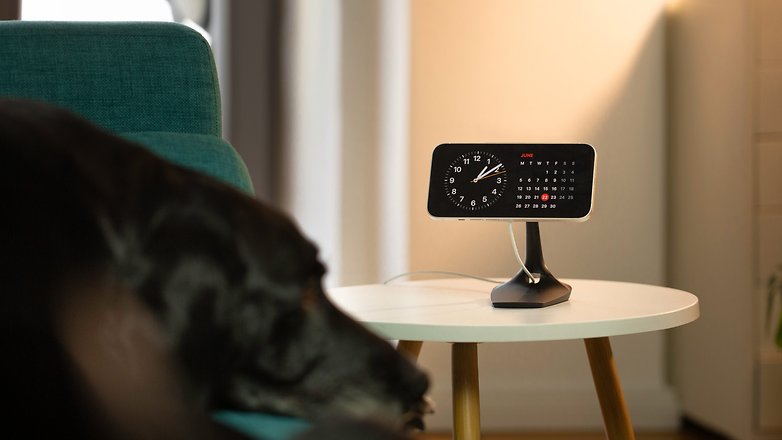
Why only four Qi2 phones?
Apple having a head start is not a surprise since the link between Qi2 and the iPhone’s MagSafe tech was mentioned in the initial announcement. But there are additional reasons for only having the 2023 iPhone quartet as the sole Qi2 phones in 2024. Besides the fact that phone development is a multi-year process, Golden revealed another reason:
Certification started in December 2023 and the timing missed the launch cycles for most phone manufacturers. Those brands will have new handsets go through certification consistent with their respective development cycles.
The executive later clarified that the WPC task is to develop and manage the standard, later promoting its launch. After the Qi2 ratification and compliance testing began, however, it is now up to device and accessories brands to promote its usage, something we already saw with many chargers and power banks already advertising Qi2 support in both IFA 2023 and CES 2024 (and explains why the WPC didn’t have a physical presence at MWC 2024).
Qi2 advantages
When we asked whether Qi2 has a negative impact on battery health and longevity, Golden replied that, while the manufacturer’s design choices are ultimately responsible for the components involved, the proper alignment offered with Qi2-compliant devices and chargers leads to not only higher efficiency but also faster charging times, and lower temperatures—the latter of which potentially extends the components life.
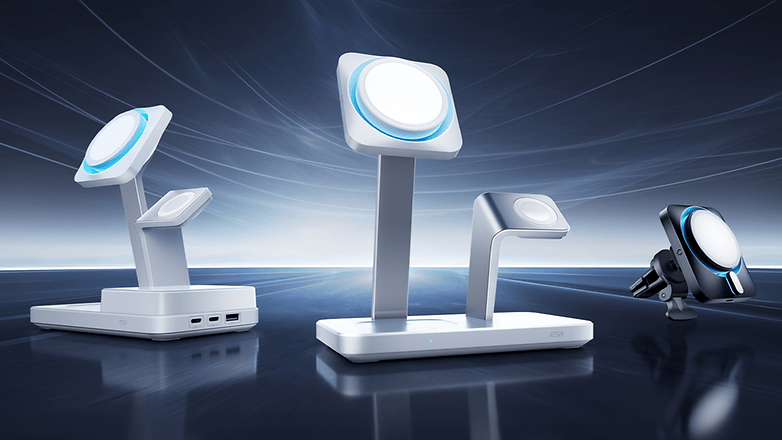
Hopefully, the days of realizing too late that the phone was not properly placed on the wireless charger will be gone, but for now, Android users will have to wait a bit longer, and there are always concerns about how much the price premium will be for Qi2 support and its additional requirements. While Golden didn’t deny that consumers might face added costs, he believes that widespread industry support and economies of scale will lower the barrier of entry to Qi2.
Meanwhile, there is always the workaround option to get a MagSafe-compatible case for an Android phone, but since the name is trademarked by Apple, case brands have to get creative when listing their accessories, so it is not always an easy task to find one.
What about you, are you also disappointed by the lack of Qi2 phones in the Android market? Would you postpone a phone upgrade to wait for native Qi2 support or would consider using a third-party case? Share your opinion in the comments below!


